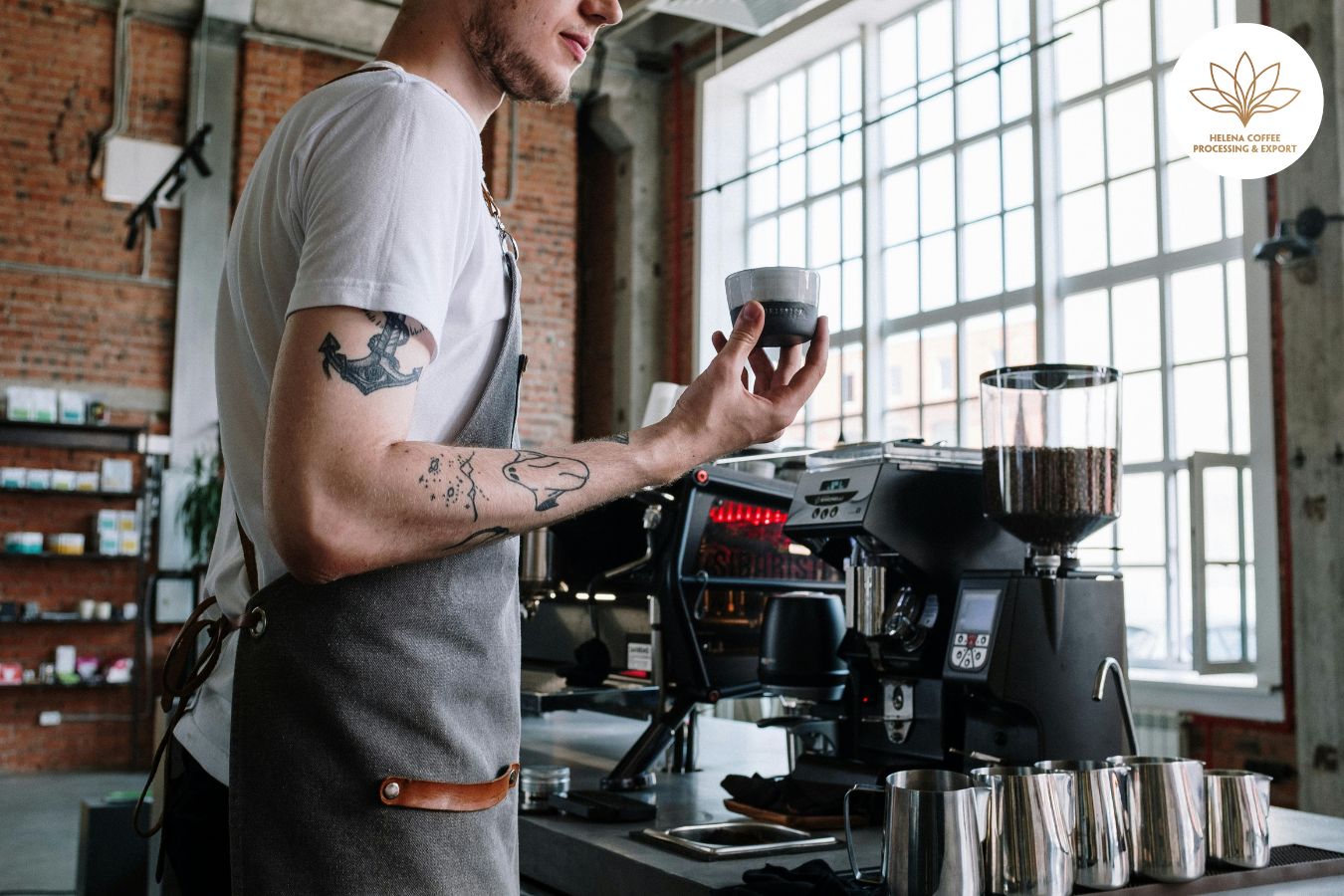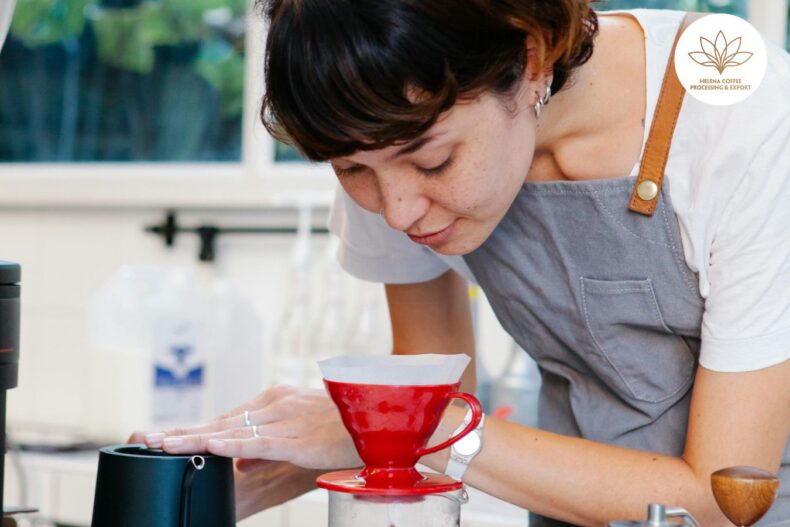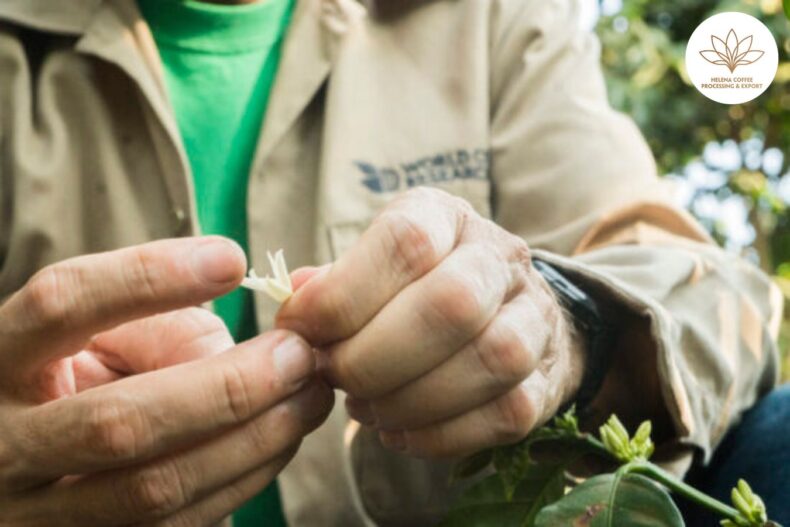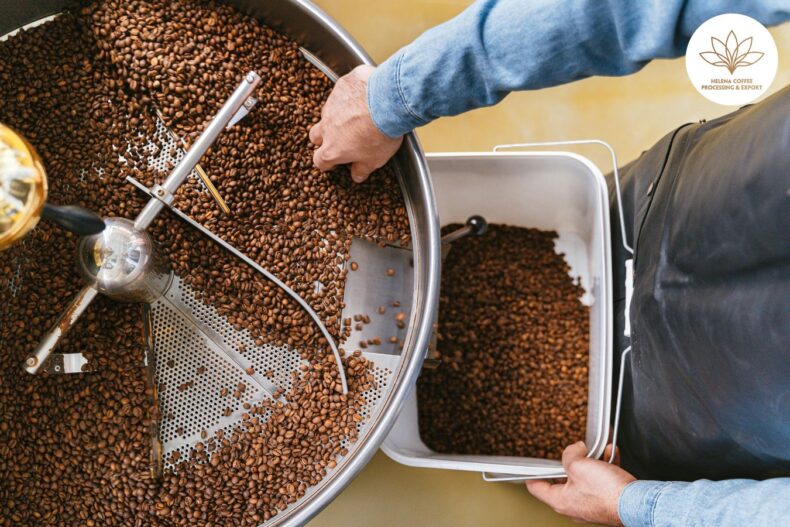
Specialty Coffee Tasting: More than 800 volatile aromatic compounds have been identified in coffee, opening up endless possibilities in terms of flavor and texture.
In 2017, World Coffee Research published the second edition of its Sensory Lexicon, which identifies 110 flavor, aroma and texture properties in coffee . They range from some traditional tasting notes, such as chocolate and brown sugar, to less conventional flavors, such as pineapple and fermented flavor.
Tasting notes play an important role in specialty coffee tasting. Not only do they allow roasters to market their coffees more effectively, they give consumers an idea of what their coffee will taste like and ensure consistency of sensory profiles.
In recent years, we have seen increasingly unusual and unorthodox flavors appear on coffee packaging. Roasters, as well as World Coffee Championship competitors, report flavor notes from melted chocolate ice cream, banana pudding, and even different brands of cereal.
Therefore, it is worth asking whether some tasting notes are excessively peculiar. I spoke to Bartholomew Jones and Matteo D’Ottavio to find out more.
Understanding tasting notes: an introduction
When we talk about flavors in coffee, we usually refer to three main characteristics:
- Acidity
- Sweetness
- Bitterness
It should be noted that in recent years, more and more specialty coffee tasting professionals are also mentioning salty or umami characteristics in coffee. Umami generally refers to the salty flavors of foods (such as meats, cheeses, fish, and mushrooms, to name a few) and can also be used to describe mouthfeel, such as aftertaste, tongue coating, and “roundness.” .
In addition to these four basic flavor categories, coffee professionals around the world use flavor or cupping notes to describe coffee. They are usually selected during tastings and appear printed on most packaging. The idea is to create benchmarks to describe flavor and aroma, so roasters can communicate to consumers what a particular coffee tastes like.
In turn, customers can choose between different origins, varieties, brewing methods and roasting profiles to find the coffee that best suits their taste preferences. For less experienced consumers, tasting notes can be a useful way to learn more about specialty coffee tasting.
Bartholomew Jones is a co-founder of Cxffeeblack . He believes that including tasting notes on packaging is a big help to consumers. “Tasting notes are an important part of the coffee experience,” he says. “Thanks to them I was encouraged to start drinking black coffee.”
Matteo D’Ottavio is a coffee consultant and was UK Filter Coffee Cup Champion in 2020 and 2021. “Flavor notes allow the consumer to anticipate what they will experience with a particular coffee,” he says.
Exploring the challenges associated with tasting notes
Although they are useful reference points, the biggest drawback of tasting notes is that they are subjective and largely based on the opinions of a few coffee professionals.
Additionally, resources used to identify tasting notes, such as the Specialty Coffee tasting Association’s (SCA) Coffee Taster’s Flavor Wheel , tend to be more relevant to those living in consuming countries (primarily Europe). and North America) than for those who live in producing countries. While local flavor wheels have been developed in places such as Taiwan and Indonesia , criticism of the lack of inclusion of flavor notes in specialty coffee tasting prevails.
Likewise, the more specific the flavor notes, the less accessible the coffee will be. If consumers are not able to detect the notes that are communicated to them, it is likely that they will feel frustrated or disappointed when their expectations are not met.
Exploring the complex world of fermented flavors
In recent years, experimental brewing methods have become increasingly popular and industry professionals are beginning to identify new and more unusual flavors. In addition to more defined and complex aromas and flavors, experimentally processed coffees tend to present different textures, which are sometimes not considered when identifying tasting notes.
“From a sensory point of view, tasting notes don’t usually take into account mouthfeel or how ‘drinkable’ it is,” explains Bartholomew. “They also do not take into account synergies, that is, the way in which some notes can complement each other.”
Some roasters, however, have begun to include more mouthfeel descriptions on their packaging, such as:
- Syrupy
- Well balanced
- Similar to tea
- Velvety
- Dense
- Juicy
Bartholomew also believes that experimental brewing methods can lead to misperceptions about tasting notes, especially when used to develop specific flavors and aromas.
“When these production techniques become the monolithic symbol of quality and are used to develop extravagant flavor notes, exclusivity appears,” he says. “You can lose a lot of people, especially farmers, who can’t afford to produce or buy some of these newer processing methods.”
Matteo, for his part, believes that less conventional tasting notes are particularly useful for describing experimentally processed coffees. “With the increasing use of these brewing methods, we have begun to experience more unusual and at the same time interesting flavor notes, which are not included in the Wheel of Flavors.”
“Sometimes these specific, unusual flavors are very evident,” he adds.
Deciphering who determines coffee tasting notes
Although some producers indicate the aromatic notes of their coffee, it is mainly the roasters who identify and choose them. Matteo explains how the process works. “During degustation cuppings, one can get a general idea of the types of flavors in the coffee,” he says. Specialty coffee tasting: “When cupping batches of roasted coffee, the cupping notes tend to be refined to be more specific.”
“As a former barista, I used to inform customers of tasting notes, even if they were not identical to those identified by the roaster,” he adds. Specialty coffee tasting: That it is roasters who generally identify tasting notes raises other problems. The main one is that more marketing knowledge and experience is retained in consuming countries, rather than allowing producers to add more value to their coffee .
“Many roasters depend on these aromatic notes to market their coffees,” says Bartholomew. “Much of specialty coffee tasting marketing is based on novelty, which undermines the overall goal of this industry.”
He adds that producers need to be more involved in identifying and communicating tasting notes for a specific coffee. “The people at the origin who grow the coffee are left out of the conversation,” he says. Specialty coffee tasting: “Their language or sensory reference points are often not taken into account when roasters decide on flavor notes, so a lot of the power falls to them.”
Examining the Uniqueness: Are certain tasting notes overly distinctive?
The use of tasting notes in specialty coffee tasting has obvious advantages and difficulties, but are some of them going too far? At the 2022 World Barista Championship, for example, some competitors highlighted unique and unconventional flavors in their coffees:
- Creme brulee
- pastry chocolate
- sponge cake dough
- cream soda
- Marzipan
- molten chocolate ice cream
In the specialty coffee tasting sector, it is increasingly common to see similar tasting notes on packaging, especially in roasters in Western countries. Given the particularity of these tasting notes, one wonders whether they are too subjective and do not accurately represent the flavors that consumers perceive.
Bartholomew maintains that there is reasoning behind some of these more distinctive flavor notes. “When we indicate flavor on our packaging, we often reference tasting notes that some people may find objectionable,” he says. Specialty coffee tasting: “For us and our community, it is actually quite useful and referential.”
“For example, we mention flavors found in candy or carbonated and sugary drinks, which many African Americans grew up eating or drinking,” he explains. Specialty coffee tasting: “These communities may not have had access to fruits like persimmon or fresh mango during their youth, so referencing the flavors of certain food brands can be helpful.”
“Also, we try to communicate the sensory experience of a particular coffee through art, including the color and design of the packaging ,” he adds. Specialty coffee tasting: “All of these things can communicate to the customer how the coffee will feel, beyond the tasting notes that can be reductive.”
Questioning our dependence: are we overreliant on tasting notes?
It is difficult to answer the question of whether specialty coffee tasting depends too much on tasting notes. For some industry professionals and consumers, flavor notes are the most important guiding points when purchasing coffee.
“When I buy coffee, I decide based on flavor notes,” says Matteo. Specialty coffee tasting: “Some days I prefer a fruitier coffee, while other days I want more floral flavors.” Bartholomew, for his part, emphasizes that although tasting notes are useful, you have to be very careful when communicating them to some customers.
“The same tasting notes that spark curiosity can be used to create elitism and exclusivity in specialty coffee tasting,” he explains. “Until now, they have been one of the biggest determinants of what is palatable or desirable in a particular coffee.”
Other ways to communicate sensory profiles
Matteo points out that communication between the roaster and the consumer is key to better understanding the flavor of the coffee.
“There should be more communication between roasters and their customers,” he says. Specialty coffee tasting: “Providing more information about coffee, even digitally, can offer consumers different tools to have a more informed sensory experience.”
He adds that since flavor notes can change based on a number of brewing variables, roasters have to work harder to explain them. “ Water quality and hardness are crucial factors, and variations in water quality lead to different taste experiences,” explains Matteo. Specialty coffee tasting: “Thus, if a consumer prepares a coffee with water of a different quality than that used by the roaster, he can obtain different flavors in the cup.”
Tasting notes play a fundamental role in the consumption of specialty coffee tasting. Therefore, it is unlikely that roasters and consumers will stop using and relying on them in the near future; However, the debate about how we use flavor notes is becoming increasingly important.
Regardless of your opinion on specialty coffee tasting notes, communicating them more effectively and including producers in the conversation helps make the industry more equitable.


